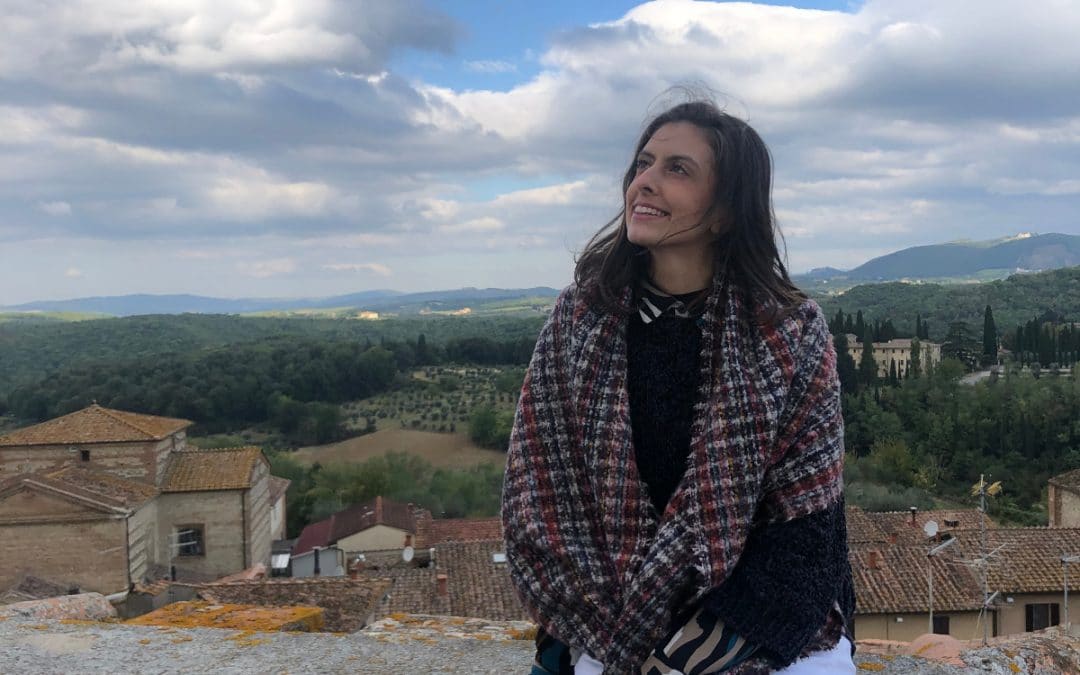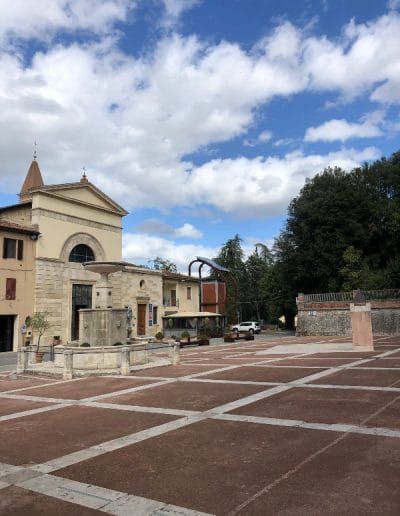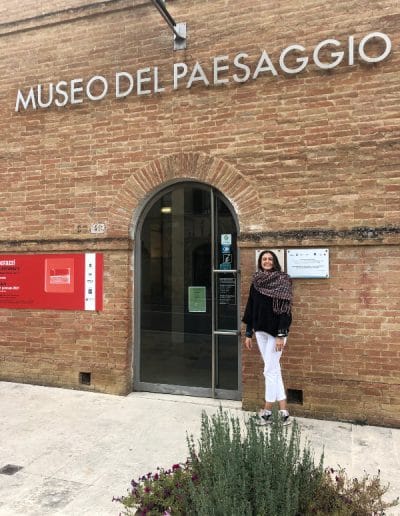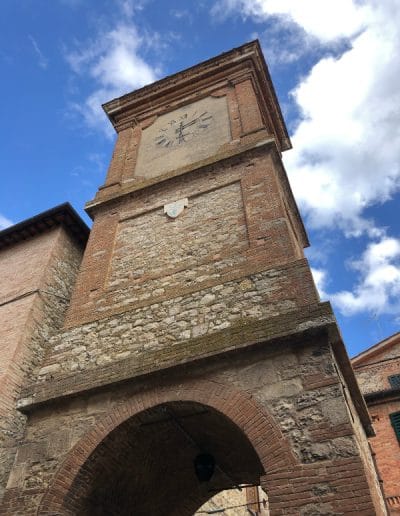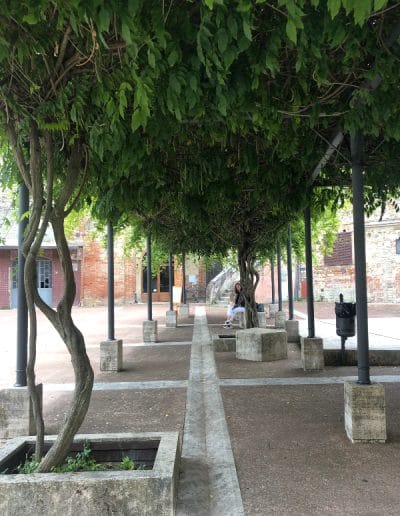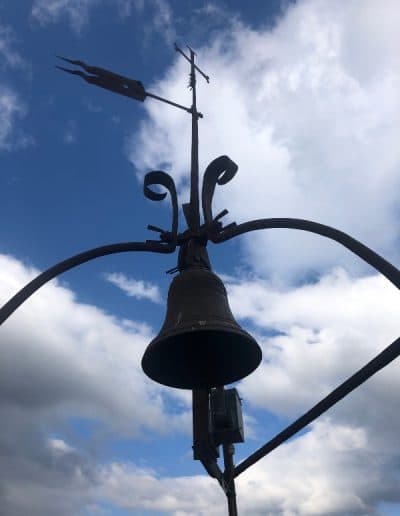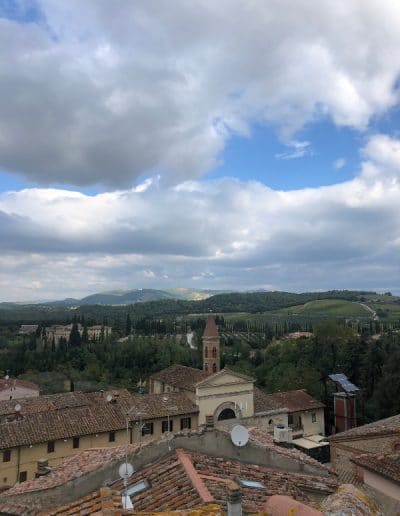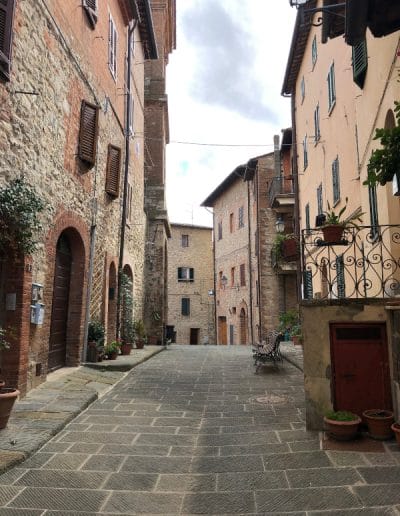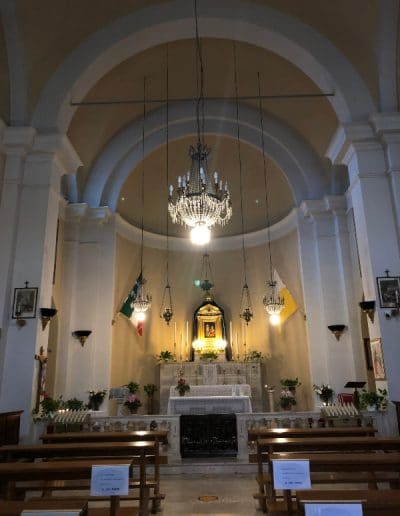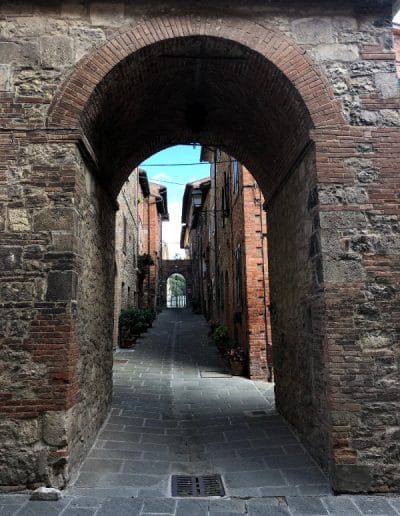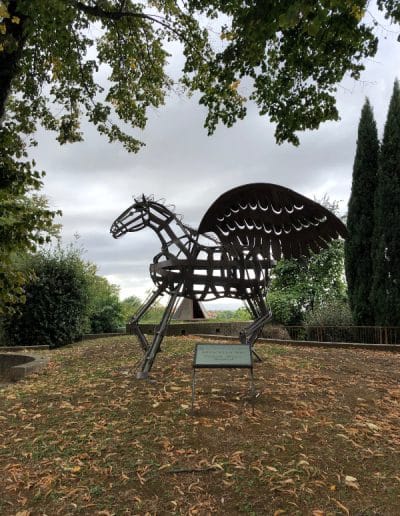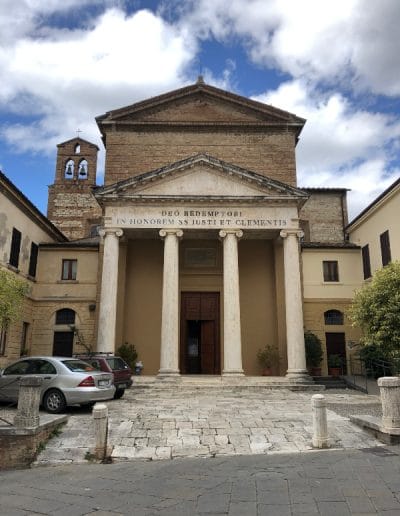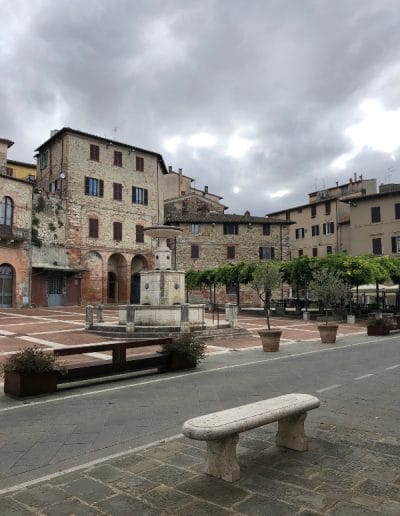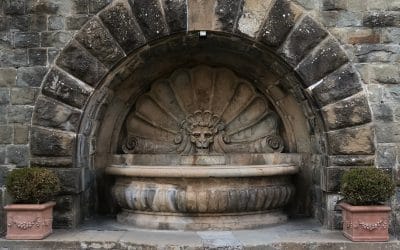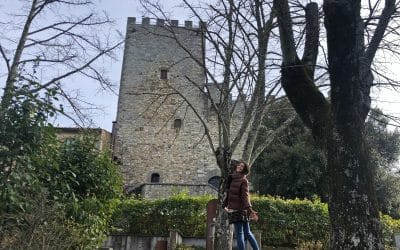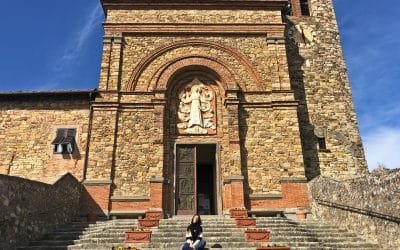Castelnuovo Berardenga
A journey through time between the Crete Senesi and the Chianti region
Castelnuovo Berardenga is located in the southern area of Chianti Classico, less than 20 km from Siena, with the borders marked by the Ombrone and Arbia rivers.
Its name Berardenga derives from Count Berardo, of the Frankish population, son of the French Count Wuinigi di Ranieri who arrived in Italy in the second half of the 10th century. Wuinigi di Ranieri became governor of Siena, thus obtaining possession of the estates and castles in the area: from the sources of the Bozzone torrent to those of the Ambra, from the upper Chianti to the Biena river, as far as Taverne d’Arbia. It was one of his sons, Berardo, who inherited this fortune and hence the name Berardenga.
Castelnuovo was at the centre of a long and contentious dispute between Florence and Siena because of its strategic position on the borders of Sienese territory. The theatre of conflicts, raids and atrocious battles, the most famous being that of Monteaperti, remembered by Dante with the famous words: “the havoc that the red-coloured Arbia wrought”.
With the victory over the Florentine army in 1260, the Sienese Republic obtained the autonomy of the city and decided to strengthen its outpost by building walls on the highest part of the hill. Subsequently, seven towers were built, one of which is the present municipal tower, the only one spared by the demolition of walls and towers at the end of the 18th century and on which a clock was placed. To distinguish it from the older castles in the area, it was called ‘new’, hence the name Castelnuovo.
It remained under the control of the Republic of Siena until 1555, when the city was defeated by the Grand Duke of the Medici family. Of the original defence system, one can still see the tall tower in Piazza Petrilli, which was converted into a municipal clock tower in 1755.
The demolition of the walls made way for the elegant and imposing Villa Chigi Saracini, with its Italian garden and a 19th-century park of considerable botanical importance. The villa was commissioned by Count Guido Saracini, founder of the famous Accademia Musicale Chigiana in Siena.
In the historic centre is the impressive Vicolo dell’Arco, with its high stone steps and an arch decorated with beautiful bas-reliefs.
Not far away are the Church of San Giusto and Clemente, built during the 19th century and containing a Madonna and Child by a Sienese artist of the Renaissance period; and the Church of the Madonna del Patrocinio, which houses a 14th-century painted and glazed terracotta Madonna venerated in the ruins of the Castle where Vicolo dell’Arco now stands.
Castelnuovo is called Slow Town because of the peaceful and relaxing atmosphere and the genuinely Tuscan lifestyle.
It has also been named Wine City, a title shared by many of the main Chianti localities that still preserve the original techniques of wine production and conservation.
In Castelnuovo Berardenga, it is possible to visit the Museo del Paesaggio, housed in a late 19th-century building that was once used as a public slaughterhouse. The museum route aims to make people reflect on the transformations of the world, on the changing term “landscape” and, in general, on the delicate relationship between man and the environment, also through the use of mobile and multisensory devices.
The exhibition, which is accessible to different audiences, offers a series of interactive multimedia applications derived from everyday objects that illustrate and accompany the visitor in his or her discovery of the economic and anthropic aspects of the landscape, the history of agrarian landscapes and the Mezzadria, the peasant struggles, the changes in agricultural cultivation methods, livestock breeding and food that have influenced the conformation of the territory and consumption styles.
Why should you visit Castelnuovo Berardenga?
hosts a myriad of castles and villas tucked away in its corners, built in different eras
it is an open-air museum
the all-round view from the Clock Tower is of unparalleled beauty
Continue with the discovery of Chianti…
Radda in Chianti
Radda in Chianti A place known for its evocative atmosphere and its marvelous landscapes Radda in Chianti is a spectacular medieval village enclosed by massive defensive walls, located on top of the hill that divides the valleys of Arbia and Pesa. To its typically...
Castellina in Chianti
Castellina in Chianti Among woodlands, wildlife and Etruscan civilizationThe picturesque village still maintains the quadrilateral shape typical of the ancient medieval fortifications. The main fortification and the heart of the town is the ancient fortress, designed...
Panzano in Chianti
Panzano in Chianti Living in another eraThe Via Chiantigiana is one of the most seductive streets of Chianti Classico. It winds through rolling hills, villages, castles and wineries where you can taste the famous DOC wine. Panzano in Chianti is a quiet holiday resort...

